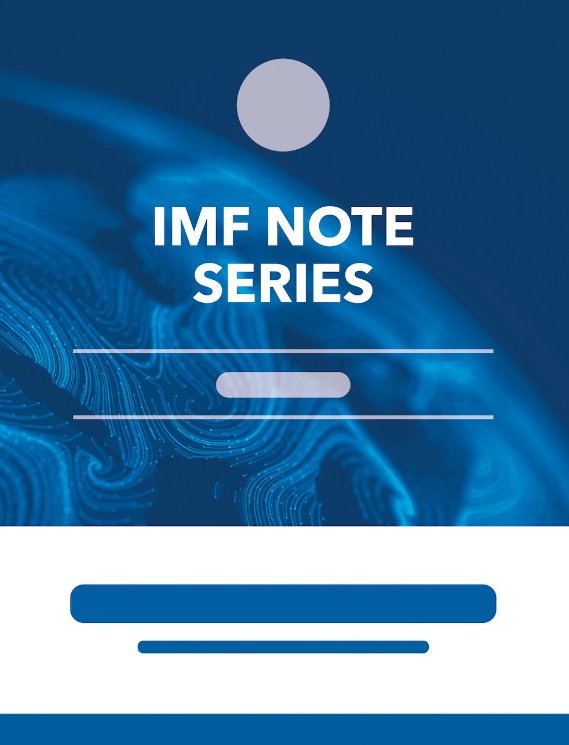Simulating Inflation Forecasting in Real-Time: How Useful Is a Simple Phillips Curve in Germany, the UK, and the US?
February 1, 2010
Disclaimer: This Working Paper should not be reported as representing the views of the IMF.The views expressed in this Working Paper are those of the author(s) and do not necessarily represent those of the IMF or IMF policy. Working Papers describe research in progress by the author(s) and are published to elicit comments and to further debate
Summary
This paper simulates out-of-sample inflation forecasting for Germany, the UK, and the US. In contrast to other studies, we use output gaps estimated with unrevised real-time GDP data. This exercise assumes an information set similar to that available to a policymaker at a given point in time since GDP data is subject to sometimes substantial revisions. In addition to using real-time datasets for the UK and the US, we employ a dataset for real-time German GDP data not used before. We find that Phillips curves based on ex post output gaps generally improve the accuracy of inflation forecasts compared to an AR(1) forecast but that real-time output gaps often do not help forecasting inflation. This raises the question how operationally useful certain output gap estimates are for forecasting inflation.
Subject: Economic forecasting, Estimation techniques, Inflation, Output gap, Potential output
Keywords: GDP, output gap series, WP
Pages:
21
Volume:
2010
DOI:
Issue:
052
Series:
Working Paper No. 2010/052
Stock No:
WPIEA2010052
ISBN:
9781451963380
ISSN:
1018-5941





